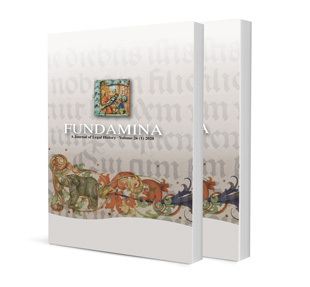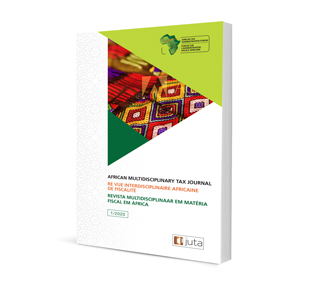The Concept of Labour in South African

The Concept of Labour in South African Law
Author LN Maqutu
ISSN: 2411-7870
Affiliations: Lecturer, School of Law, University of KwaZulu-Natal
Source: Fundamina, Volume 26 Issue 1, p. 42-90
https://doi.org/10.47348/FUND/v26/i1a2
Abstract
The attitude of European invaders toward the African people they encountered during the colonial conquest of South Africa has been crucial in the formulation of law. This contribution undertakes a contrapuntal reading of historic laws pertinent to notions of labour and its regulation, in order to reveal the import of its orientation to the system devised. The discourse on Africans and the manner of their utilisation as a source of labour are assessed from the text of legal provisions of the emergent Cape Colony and the later period of industrial mining in the Zuid-Afrikaansche Republiek. From a post-colonial, theoretical perspective, the exploration expands the latitude of labour law to incorporate property, mobility, mining and other subsets of law. A recount of these early laws reveals that the forcible labouring of Africans has been vital in the development of colonial settlements and enterprise endeavours. The supposed worthwhile modernisation of South Africa has been largely accomplished through the cruelty imposed on Africans. Yet normalised accounts advance concrete separations, (white) leadership alongside legitimised African servitude. Fidelity to that paradigm of thought demands an either-or response to historical events (either it was good – a necessary evil – or it was bad), without making room for nuanced deliberation. It presumes a capacity to escape colonial manipulation when interrogating its misdeeds. However, the formation of that type of thought itself is flawed, and has failed to create the certitudes professed. Since the founding mythos upon which legal reasoning has been assembled has rested on the diminution of Africans, continued fidelity to the accumulated arrangements of labour and its control is disturbed by the appraisal in this contribution. The process avoids validating the simplistic legitimation of labour norms by the controlled insertion of Africans into colonised spaces – a narrow way of thinking that encourages the belief that solutions can be found in according Africans access to the spoils of conquest.

